
Cantley Park Interactive Play Space
CANTLEY PARK INTERACTIVE PLAY SPACE CANTLEY PARK INTERACTIVE PLAY SPACE THE BRIEF: The council was committed to creating a new destination play area on site
It is statistically proven that more people want to live near a park, not only to occupy their children or for health and wellbeing but also for property value. Living near a park, less than half a mile away can boost property value, of anywhere between 8% – 20%.
Having a playspace nearby can: improve views; increase the quality of life; be an added to convenience; and, help form a local community – all of which are appealing to many new buyers.

Ensuring playspaces or parks on new developments are of high quality is incredibly important to achieve the feelings and value aforementioned. A brilliant example of high-quality play spaces is; Houlton Fields (shown above) and Barking Riverside (shown below).

“Playing outside is increasingly seen as a saleable asset … buyers are attracted to the places that are going to be nice to live in. Unfortunately, good quality examples, such as Barking Riverside, are few and far between.” – Dinah Bornat of ZCD Architects
Families might love to move into an area with a new playground, perhaps due to a lack of outdoor garden space (click here to read ‘Unequal Acess to Green Spaces’). A playspace provides an option for families to get outside together and get active. These spaces, if of high quality, can also attract visitors and tourists to the local area, once again influencing property value.
It is of increasing importance that playspaces are designed into development schemes from the beginning and blend into the surrounding, with fun and interesting ‘play-on-the-way’ routes, and not just plonked into a small free space to tick a box. The value in designing these spaces is unprecedented and more schemes such as Alconbury Weald, Houlton Fields and Barking Riverside, whereby play and community space is at the heart of the development, need to be a priority.

CANTLEY PARK INTERACTIVE PLAY SPACE CANTLEY PARK INTERACTIVE PLAY SPACE THE BRIEF: The council was committed to creating a new destination play area on site

Promoting Inclusivity in Public Parks and Outdoor Spaces A Call to our Clients In the realm of outdoor play and recreation, a profound shift in
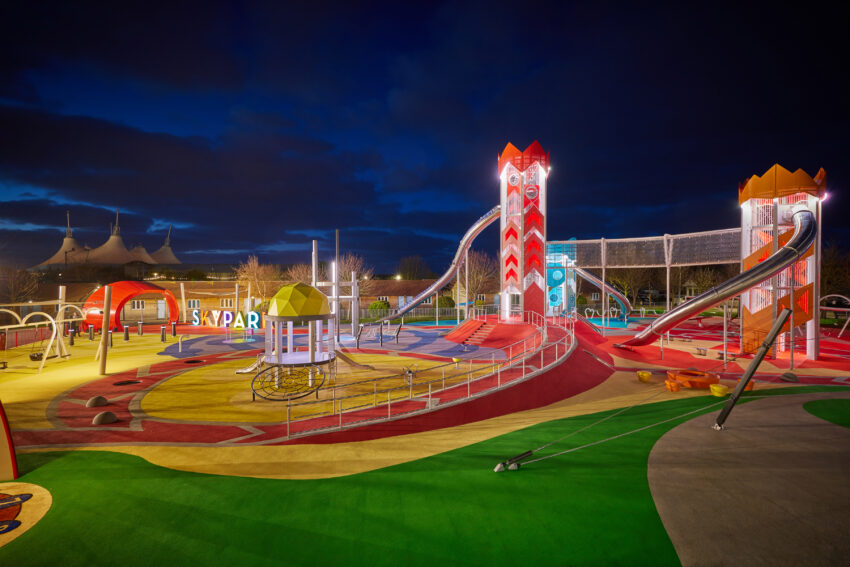
Introducing the UK’s most exciting playground… Jupiter Play & Leisure are delighted to have partnered with renowned holiday destination Butlin’s to design and

It is essential, now more than ever, to stay current on what trends are driving the future of play. Play is integral not only to
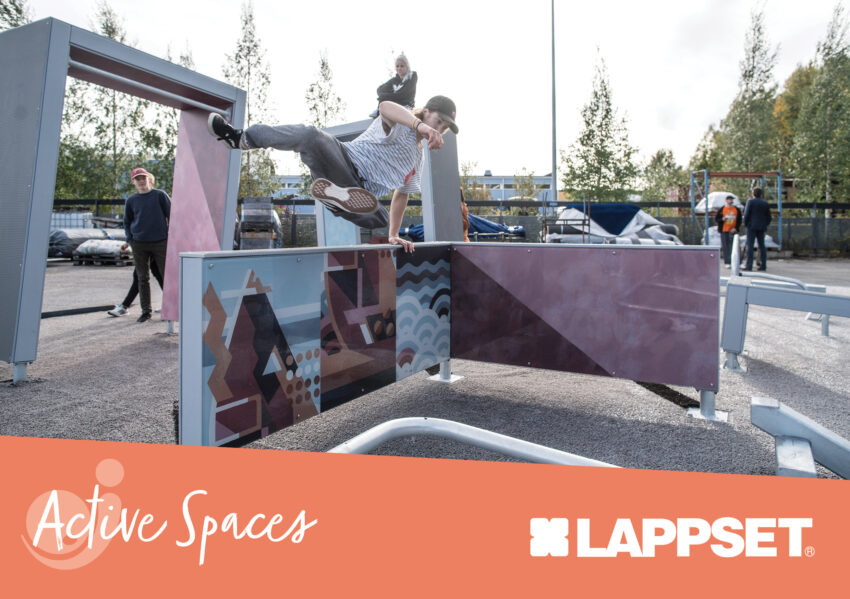
DESIGNING DASH PARKOUR: A HOLISTIC R&D-PROJECT Design is an empathic way of thinking and working, and in our field, designer is the cross-field intermediary who
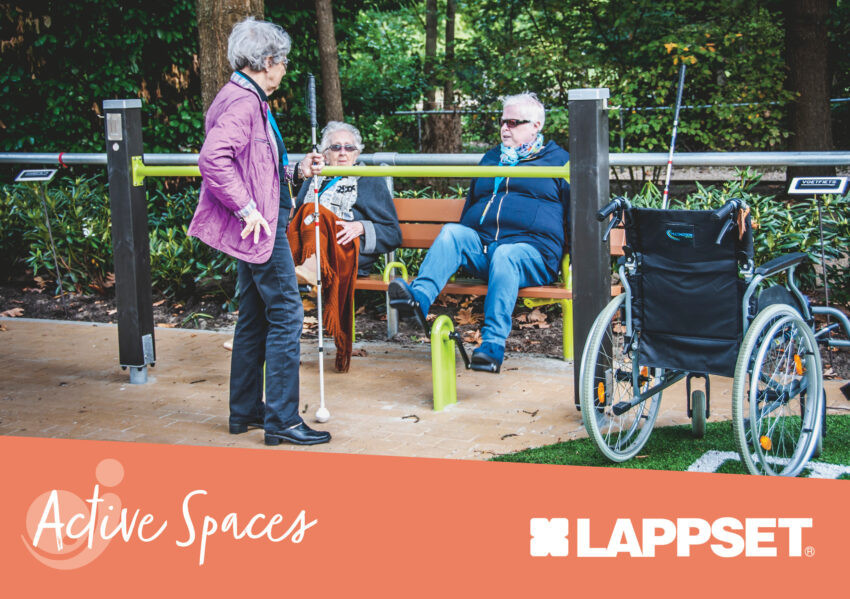
Landscape designer Arja Paula speaks about aspects to consider when designing a Senior park. I prefer the term senior park because it is more of
Nottingham
The Coach House
2 North Road
West Bridgford
NG2 7NH
Edinburgh
9 Ainslie Place
Edinburgh
EH3 6AT
Sign up to our newsletter to keep up to date with all things play and innovation.
Accreditations




The Coach House
2 North Road
West Bridgford
NG2 7NH
9 Ainslie Place
Edinburgh
EH3 6AT
Sign up to our newsletter to keep up to date with all things play and innovation.
The Coach House
2 North Road
West Bridgford
NG2 7NH
9 Ainslie Place
Edinburgh
EH3 6AT
Sign up to our newsletter to keep up to date with all things play and innovation.